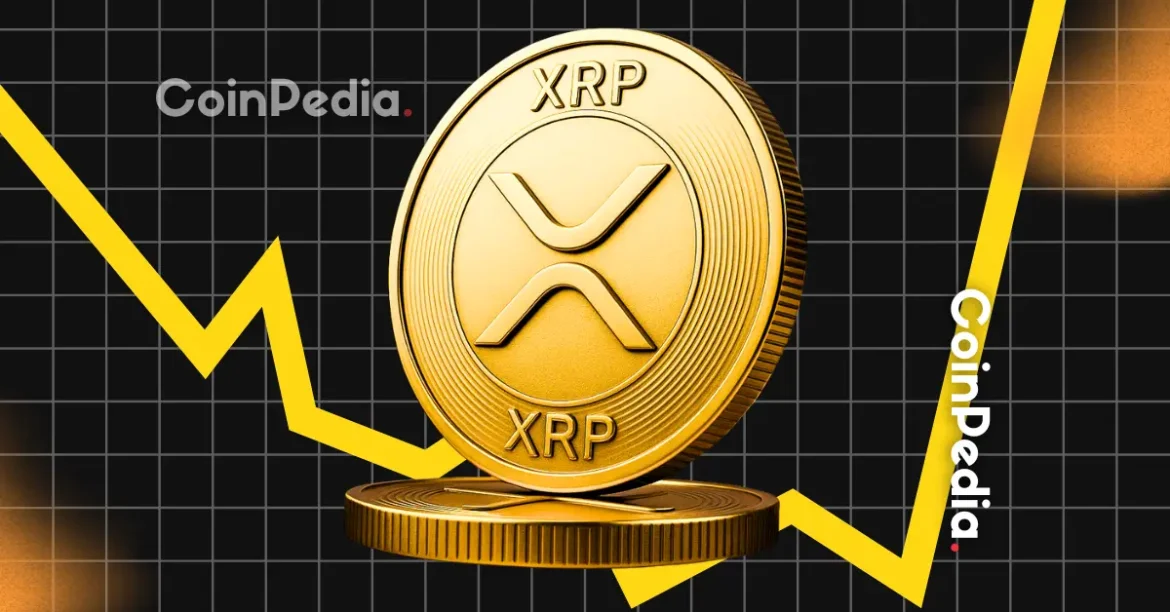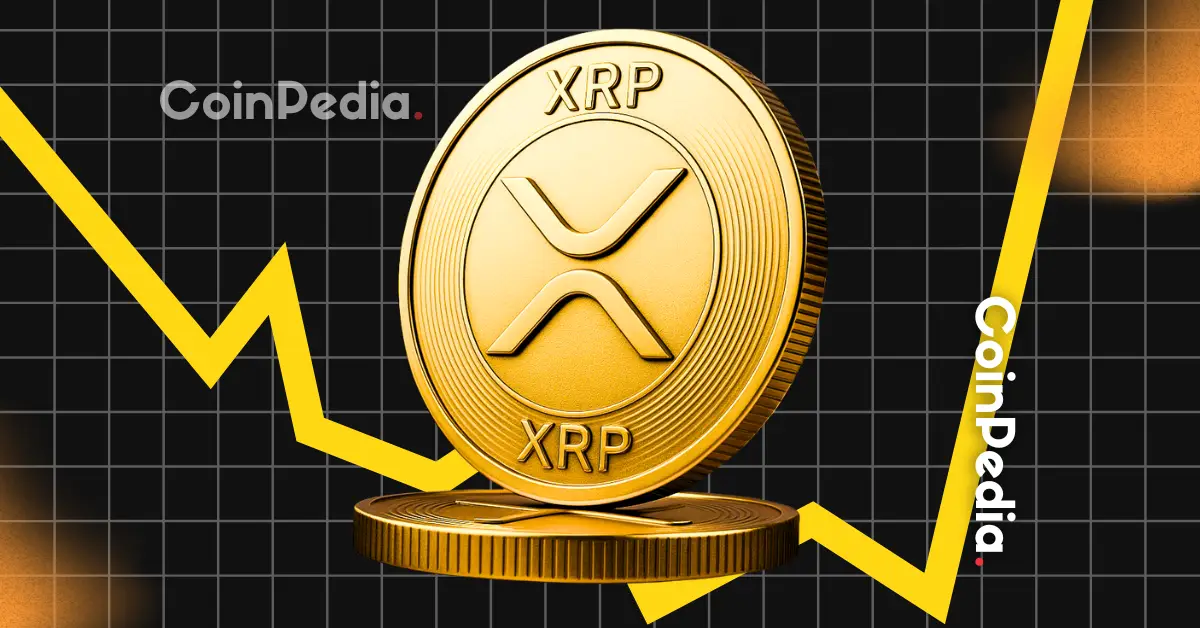The Potential of XRP as a World Reserve Bridge Currency
Introduction
The global financial landscape is undergoing a profound transformation, driven by technological advancements and the evolving needs of international trade. At the heart of this shift is the concept of a world reserve currency—a financial instrument capable of facilitating seamless cross-border transactions while mitigating the inefficiencies of traditional systems. Among the emerging contenders, XRP, the digital asset developed by Ripple Labs, has garnered significant attention for its potential to serve as a “world reserve bridge currency.” This analysis delves into the feasibility of this proposition, examining XRP’s technological foundation, its advantages, and the challenges it must overcome to achieve this ambitious goal.
Understanding the Concept of a Bridge Currency
A bridge currency acts as an intermediary in transactions between parties operating in different currencies, eliminating the need for direct exchange. This concept is particularly relevant in cross-border payments, where traditional methods often involve high fees, slow processing times, and unfavorable exchange rates. By introducing a bridge currency, businesses and financial institutions can streamline the payment process, reducing costs and increasing efficiency.
For example, a company in Brazil looking to pay a supplier in Japan could convert Brazilian reais (BRL) to a bridge currency like XRP, which the supplier could then convert to Japanese yen (JPY). This approach could potentially be faster and more cost-effective than traditional methods, which might involve multiple intermediaries and lengthy settlement periods.
XRP’s Technological Advantages
XRP’s potential as a bridge currency is underpinned by its robust technological framework. Unlike many cryptocurrencies that rely on energy-intensive proof-of-work mechanisms, XRP utilizes a unique consensus protocol that enables rapid and low-cost transactions. Key features of XRP include:
– Speed: XRP transactions settle in seconds, a stark contrast to traditional cross-border payment systems that can take days to process.
– Low Cost: Transaction fees on the XRP Ledger are minimal, often fractions of a cent, making it significantly more economical than traditional wire transfers.
– Scalability: The XRP Ledger is designed to handle a high volume of transactions, making it suitable for large-scale international payments.
– On-Demand Liquidity (ODL): Ripple’s ODL service leverages XRP to provide instant liquidity for cross-border payments, eliminating the need for pre-funded accounts in different countries.
These technological advantages position XRP as a viable solution for addressing the inefficiencies of the current global payment infrastructure.
The Case for XRP as a World Reserve Bridge Currency
Several compelling arguments support the idea of XRP becoming a world reserve bridge currency:
– Solving Cross-Border Payment Challenges: XRP addresses the key pain points of international payments, offering speed, low cost, and efficiency. This is particularly attractive to financial institutions and businesses involved in global trade.
– Ripple’s Strategic Partnerships: Ripple Labs has actively pursued partnerships with banks and financial institutions around the world. These partnerships aim to integrate XRP into existing payment systems, expanding its reach and adoption.
– Decentralization and Neutrality: Unlike national currencies, XRP is not controlled by any single government or central bank. This perceived neutrality could make it an attractive option for countries seeking to diversify their reserve holdings and reduce their reliance on the U.S. dollar.
– Escrow System: Ripple’s escrow system, which initially locked 55 billion XRP, releases one billion XRP monthly, with unused amounts returned to escrow. This controlled release aims to ensure price predictability and stability, which is important for institutions considering XRP integration.
– Potential for CBDC Interoperability: As central bank digital currencies (CBDCs) gain traction, XRP could play a crucial role in bridging these different digital currencies, facilitating seamless cross-border transactions between them.
Industry experts, such as Oliver Michel, CEO of Tokentus, have expressed confidence in XRP’s potential to become the world’s reserve bridge currency, emphasizing its ability to solve inefficiencies in cross-border transactions. Similarly, other analysts believe that XRP could potentially replace the dollar, which is gradually losing ground as the global reserve currency.
Challenges and Counterarguments
Despite its potential, XRP faces several challenges that could hinder its ascent to becoming a world reserve bridge currency:
– Regulatory Uncertainty: The regulatory landscape surrounding cryptocurrencies remains unclear in many jurisdictions. This uncertainty could discourage financial institutions from adopting XRP.
– Ripple’s Legal Battles: Ripple Labs has been involved in legal disputes with the U.S. Securities and Exchange Commission (SEC), which has cast a shadow over XRP and its future prospects. While Ripple has secured some legal victories, the ongoing uncertainty remains a concern.
– Competition from Other Cryptocurrencies and Payment Systems: XRP faces competition from other cryptocurrencies seeking to address cross-border payment challenges, as well as from established payment systems like SWIFT.
– Adoption Hurdles: Widespread adoption of XRP as a bridge currency would require significant buy-in from financial institutions, businesses, and governments. Overcoming inertia and convincing these stakeholders to embrace a new technology could be a slow and challenging process.
– Volatility: While Ripple’s escrow system aims to promote price stability, XRP remains subject to market fluctuations, which could deter risk-averse institutions from using it as a reserve asset.
The Path Forward
For XRP to realize its potential as a world reserve bridge currency, several key steps need to be taken:
– Regulatory Clarity: Establishing clear and consistent regulations for cryptocurrencies is crucial for fostering trust and encouraging adoption.
– Resolution of Legal Issues: Resolving Ripple’s legal battles with the SEC would remove a major cloud of uncertainty hanging over XRP.
– Continued Innovation: Ripple Labs needs to continue innovating and developing new solutions that leverage XRP’s technology to address the evolving needs of the global payment landscape.
– Strategic Partnerships: Building strong partnerships with financial institutions and businesses is essential for expanding XRP’s reach and adoption.
– Education and Awareness: Raising awareness about the benefits of XRP and educating stakeholders about its technology is crucial for driving adoption.
Conclusion
The idea of XRP becoming a world reserve bridge currency is ambitious, but not entirely far-fetched. Its technological advantages, strategic partnerships, and potential to solve cross-border payment challenges position it as a contender in the evolving global financial landscape. However, it faces significant challenges, including regulatory uncertainty, legal battles, and competition from other technologies. Whether XRP ultimately achieves this status will depend on its ability to overcome these hurdles and demonstrate its value to the world. The future of global finance is uncertain, but XRP is undoubtedly a player to watch in this unfolding drama. As the world continues to seek more efficient and inclusive financial solutions, XRP’s role in shaping the future of cross-border payments remains a compelling narrative worth following.





